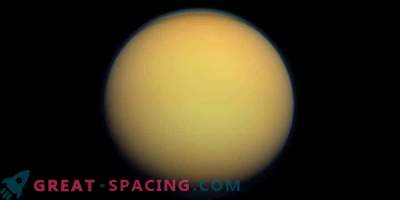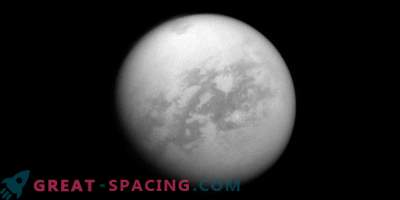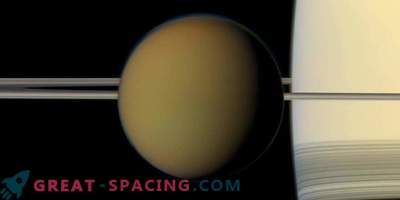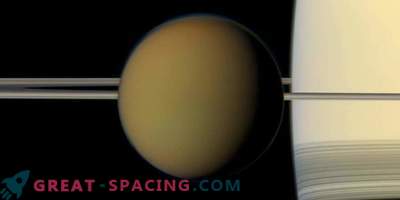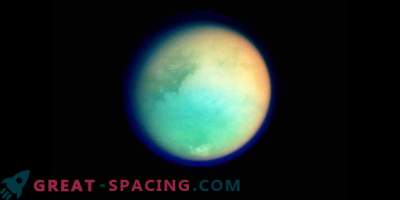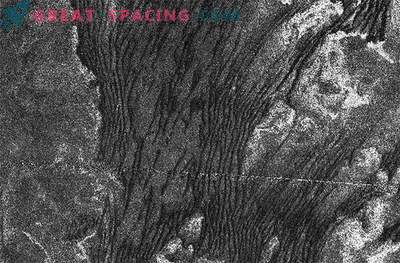
Artistic vision of a dust storm on Titan
NASA’s Cassini spacecraft data demonstrated giant dust storms in the equatorial regions of Titan (Saturn’s satellite). This makes Titan the third object in the solar system (the rest are Earth and Mars), endowed with dust storms. These reviews allow you to better explore the fascinating and dynamic environment of the largest satellite of Saturn.
Titan is an intriguing world that somewhat resembles the Earth. In fact, this is the only moon in the system, which has a substantial atmosphere, and the only celestial body (except Earth), where there are stable sources of surface liquid. But there is a significant difference: on Earth such rivers, lakes and mora are filled with water, and on Titan there is methane and ethane.
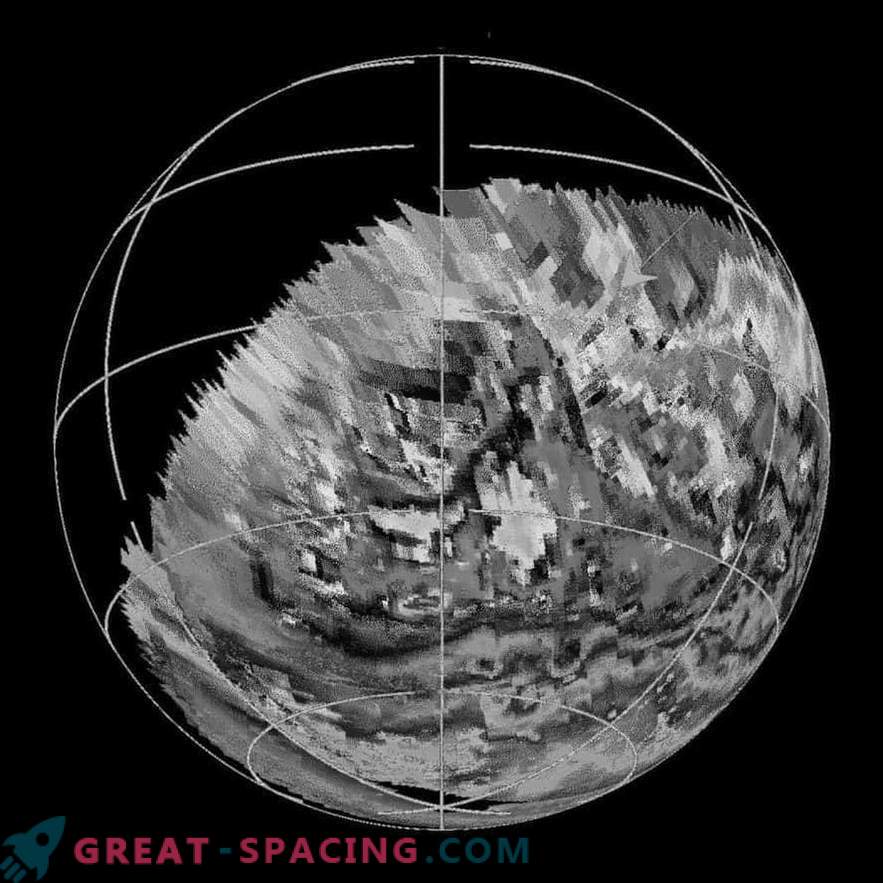
The image was created on the basis of images taken by an IR spectrometer VIMS of the NASA Cassini spacecraft. The flights were carried out in 2009 and 2010, displaying bright clear spots, interpreted as evidence of dust storms The weather on Titan changes from season to season. During the equinox period (the Sun crosses the equatorial clouds of Titan) strong methane storms can form. Cassini was able to observe such storms during several spans. For the first time, three unusual equatorial spots were noticed during the 2009 northern equinox. Then scientists thought it was a kind of methane clouds. But a deep study showed that we are talking about something else.
The researchers ruled out that the formations were located on the surface of Titan in the form of frozen methane rains or ice lava. Such surface spots would have a different chemical signature and would remain in the review much longer. Specific features were delayed for only a period of 11 hours to 5 weeks. The modeling also showed that the features should be atmospheric, but close to the surface, forming a thin layer of fine solid organic particles. Formations were located above the dunes of the lunar equator, so the only explanation is raised clouds of dust.

This assembly of frames from 9 Cassini spans past Titan in 2009 and 2010. captures three cases of sudden formation of clear bright spots
Organic dust is created when organic molecules (emerging from the contact of sunlight with methane) grow to large sizes and settle to the surface. Despite the fact that this is the first observation, scientists do not believe that we have something amazing. Most likely, the Huygens probe that landed in 2005 was supposed to pick up a small amount of organic dust. But Cassini's observations cover a large scale, which means wind speed must be extremely high.
The existence of such powerful winds creating massive dust storms implies that sand is also set in motion, which means that equatorial dunes of Titan remain active. The wind can transport dust over long distances, contributing to the global cycle of organic dust on Titan.




